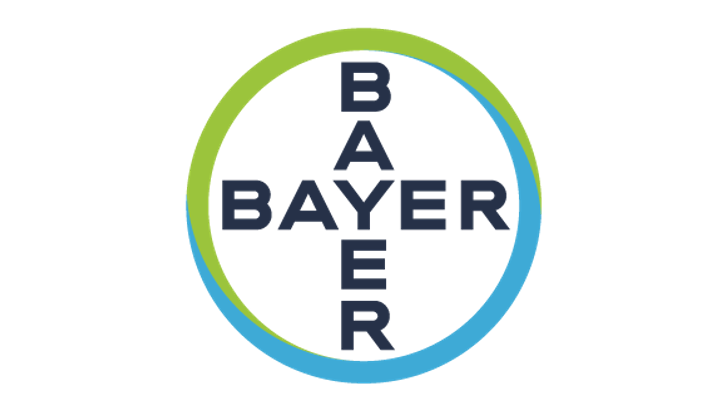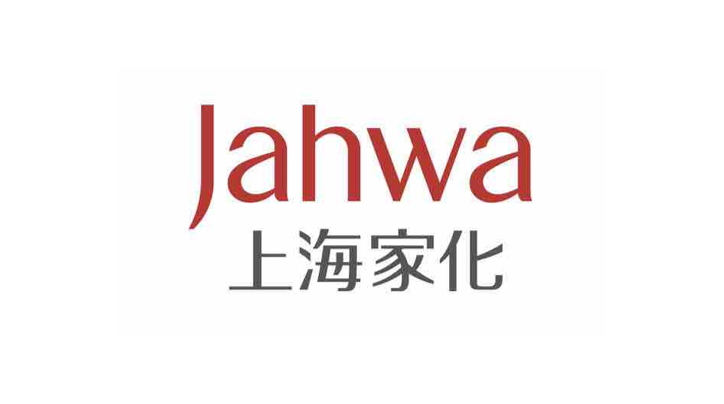
BASF

1. Manual judgment of merchants in the warehouse, relying on personal ability and experience, low efficiency and high error.
2. Complicated operation of document and experience management.
3. Randomness of shipping and picking, resulting in low throughput efficiency.
4. Low inventory utilization and high error rate of manual prediction;
5. Inability to integrate systems, resulting in information silos, and unable to improve efficiency.
1. WMS and digital management
2. Product code management and production linkage
3. Distributor App and PDA management
1. Shelf planning: system calculation guidance, optimization of shelf solutions.
2. Visualization management: system visualization operation, realize warehouse visualization management.
3. Scientific planning in and out of the warehouse: prompt picking path, first in first out, improve throughput efficiency.
4. Efficient utilization: the utilization rate of individual storage space is improved, and the utilization rate of storage capacity is effectively enhanced.
5. Transparent channel data: accurate channel inventory and other important data obtained through rebates and scan binding as well as other stimulation means to improve management efficiency.
6. 100% validity of promotion expenses: using data to drive the settlement of channel promotion expenses, effectively curbing wasted promotion expenses and activating sales terminals to better expand consumers.
7. 100% increase in consumer trust: cell phone scanning to quickly identify the real and fake, big data prediction and timely detection of counterfeit areas and spreading trends.
8. Significantly improve consumer engagement: through accurate digital marketing means, the brand is connected to consumers, enhancing brand loyalty while building a comprehensive consumer database.
9. 60% increase in audit efficiency: mobile convenient falsification audit, through big data early warning, targeted management of product circulation, to avoid falsification of goods leading to market instability.

















